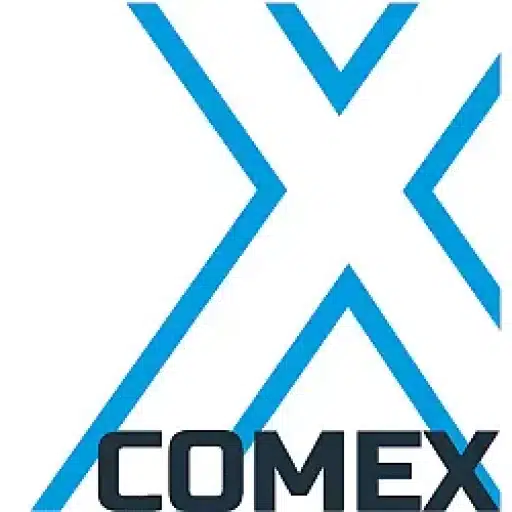+31 (0)43 30 88 400 | office@comex.eu

From paper to digital archive in 5 steps
Recently in the news: ‘An employee of the municipality of Tiel mistakenly destroyed the municipality’s entire building archives from 1945 to 2010. This happened after all files had been digitized.’ Digitized, so what’s the problem, you might say. The problem is that the scans were done in black and white, so all the colors on the original drawing are gone forever. How do you do it right? And what should you pay attention to when digitizing a paper archive? In five steps, we show how this process works properly and safely.
Step 1. Make a good scan.
Review the information on the paper. Is a color scan necessary? Red or green lines in a construction file are there for a reason. Include all information necessary.
Step 2. Check the scan.
Is the scan of good quality and is it complete? It frequently happens that the quality is not sufficient. Control is human work and costs time and money, but it is crucial.
Step 3. Add metadata and index.
Just as you mark on a cabinet or hanging folder what’s inside, you do the same with a digital document. And to make sure you can easily find it later, it’s important to index it.
Step 4. Store information properly and securely.
Consider how much storage space is needed. And: how long should the data be kept? What hardware do I need for this? Also, think cost-effectively and look ahead.
Step 5. Check the digital archive regularly.
A step that, unfortunately, is often skipped. There is hardware that does that automatically, but it must be ensured. Standard file formats may change, and besides, the data must remain approachable.
An additional tip: It’s a good idea to approach the roadmap as a whole. We can perform the entire process together with reliable partners. Whether you can actually put the paper through the shredder afterward? There’s a lot of discussion about that. Storing paper costs money and (conditioned) space. On the other hand: in a few hundred years the paper will have become unusable. One more reason to digitize now. But well.


